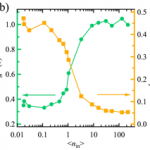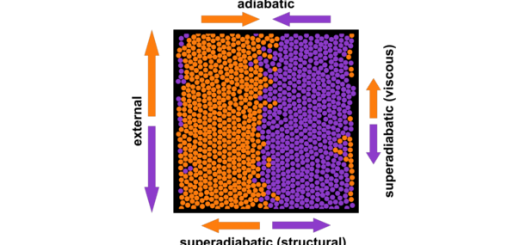A Single-photon Fock State Filter in the Solid State
 Title: A Single-photon Fock State Filter in the Solid State.
Title: A Single-photon Fock State Filter in the Solid State.
When: Friday, October 28, (2016), 12:00.
Place: Departamento de Física de la Materia Condensada, Facultad Ciencias, Module 3, Seminar Room (5th Floor).
Speaker: Carlos Antón Solanas, C2N, CNRS, Université Paris-Saclay, 91460 Marcoussis, France.
One of the major roadblocks to scale optical quantum technologies is the probabilistic operation of quantum optical gates that are based on the coalescence of two indistinguishable photons. A way around this problem is to make use of the single-photon sensitivity of an atomic transition when the atom interacts with only a single mode of the optical field (one dimensional atom case [1]). In such situation, each photon sent on the device interacts with the atom: the first photon is reflected and the second one is transmitted, realizing a deterministic photon router. Such possibility has been investigated in QD-photonic crystal cavities [2], yet in an indirect way since the response was measured in crossed polarization to post-select on photons that have entered the cavity.
In this work, we demonstrate the single-photon filtering by a QD in a micropillar cavity performing as a quasi ideal one dimensional atom [3], see scheme in Fig. 1(a). The device is probed with a pulsed laser and we collect the total reflected signal in the same polarization. As shown in Fig. 1(b), the system presents a nonlinearity threshold for an average incident photon number as low as ~0.1. The g(2)(0) measure of the reflected light evidences that it is mostly constituted by single-photons [80% fraction of single-photons, see Fig. 1(c)] and that the multi-photon component of the field is efficiently suppressed. Three-photon correlation measurements of the reflected signal have been performed to evidence the non-poissonian statistics of the output photons.
References
- D. Valente, et al, PRA 86, 022333 (2012).
- D. Englund, et al., PRL 108, 093604 (2012); R. Bose, et al., PRL 108, 227402 (2012).
- V. Giesz, et al., Nat. Comm. doi:10.1038/ncomms11986.



















